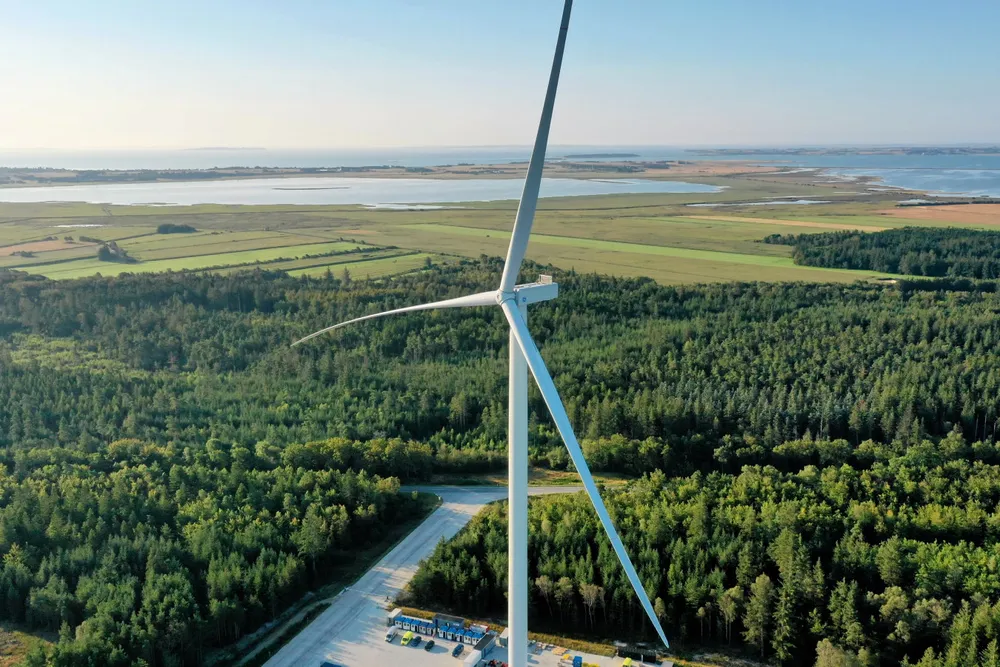GE Vernova onshore wind repowering back on track with 1GW of orders last year
US turbine OEM’s order book boosts upward following a couple of lagging years, but segment still a drag on energy leader in gas turbines and nuclear

American energy giant GE Vernova announced 1GW of US onshore wind repowering projects in 2024, nearly double annual rates seen in the two years prior.
Repowering means replacing older wind turbines that have reached their operational life expectancies with new, typically more powerful models as well as major retrofits that can expand total capacity of the array.
In 2023, GE Vernova reported onshore wind repowering agreements totalling only 514MW, a decline from 2022’s 613MW, according to data from industry lobby group American Clean Power Association (ACP).
Despite last year’s surge, it still trails 2021, when the OEM gained 1.65GW in repowering agreements.
According to ACP, from 2017-2023, GE Vernova repowered nearly 10GW of older turbines, around 68% of all repowerings in US.
Leading models repowered were the 1.6-91MW, comprising 2.3GW, and the 1.5-87MW, making up 1.1GW.
The US maker was spun out as a standalone manufacturer of wind and natural gas turbines, nuclear power and grid solutions in April last year.
Buoyed by a booming market for gas turbines amid surging demand for power, the company’s share price has risen 22% since 1 January, exceeding analysts' expectations.
Although GE Vernova dominates US wind installations with some 60% of the market pipeline, its wind unit remains a money loser.
In the period from 2025 to 2028 “we are projecting limited to no growth to onshore wind. We’ve got an $8bn revenue onshore wind business, we do not predict growth inside this”, CEO Scott Strazik told financial analysts during an investor event at that time.
Some 80% of GE’s onshore wind business is in North America, part of a deliberate policy to selectively serve a limited number of global markets that allow for future expansion of high single digit profit margins.
He anticipates North America installations to remain at 6GW to 9GW annually through 2028. If growth exceeds that projection, “That’s an opportunity for improvement in our financial case.”
Strazik said his team sees a pipeline of projects, some large, in the US that are progressing “but they are not turning into orders right now and I don’t think they are about to.”
Its offshore wind segment's performance is even worse, losing $1.1bn in 2023 alone.
The company has experienced several blade failures in the only two projects deploying its massive 13.7MW Haliade-X offshore wind turbines, Vineyard Wind in the US and Dogger Bank in the UK.
An investigation into the cause of blade failure at the 800MW Vineyard array revealed faulty manufacturing at a plant in Gaspé, Canada.